A network of up to 7,000 forecourts offering high power electric vehicle (EV) charging could be required by 2050, according to a Thought Piece, published by the National Grid.
The authors say mass charging facilities for EVs will be required because for most users home charging will not work.
They point out that 43% of households in the UK do not have off street parking and even those who do may find domestic charging is not practical.
As battery capacities increase, to give EVs a longer range, they will require more power to charge them, For instance, the 90kWh battery for the latest Jaguar iPace would take 19 hours to fully charge from 25%, using a standard 3.5kW charger.
An above average 11Kw charger could be used, reducing the time to six hours, but this would mean no other high demand devices such as kettles, ovens or immersion heaters could be used at the same time without tripping the house’s main fuse.
Another “pinch point” identified by the authors is at the substation level. They say: “Pilot projects, such as My Electric Avenue, were reporting potential issues at the distribution level. In one more extreme example they were identifying voltage issues when five 3.5kW chargers were connected to a network cluster (with 134 dwellings) and were charging at the same time.
“The project concluded that across Britain 32% of low voltage circuits (312,000) will require reinforcing when 40%-70% of customers have EVs, based on 3.5 kW chargers. These problems will only be exacerbated when 7kW chargers are used.”
The solution they propose is a network of 350kW super chargers, which could charge batteries within minutes. Current batteries cannot support this level of charging, but the authors assume technology will resolve this issue.
At the present rate of decline they suggest there will be about 7,000 petrol stations by 2050 and this would be a sufficient number of sites to support mass charging. Each site would require a direct connection to the distribution network, which is above the domestic 240 volts.
The authors concede that it may be difficult to generate the required investment in equipment, but suggest that the supermarkets, or network owners working with electricity suppliers may take the lead.
They conclude: “If we want long-range vehicles, which can be charged in minutes, home is not going to be the place to do it. And it certainly won’t be for nearly half the householders who do not have access to off street parking.”





















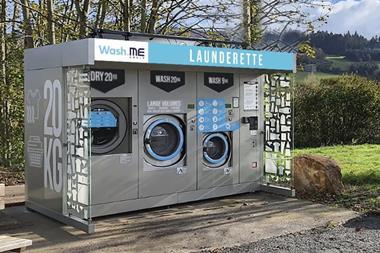

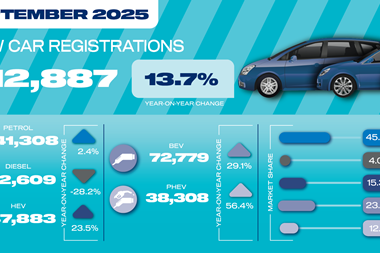
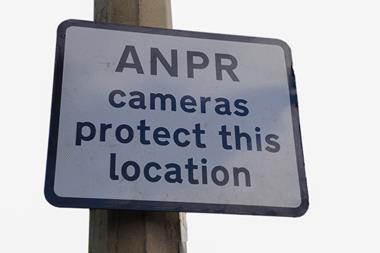
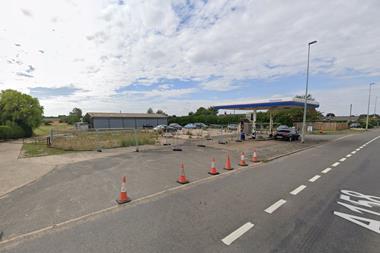
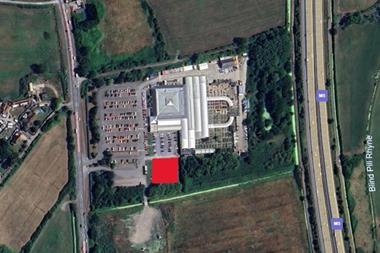


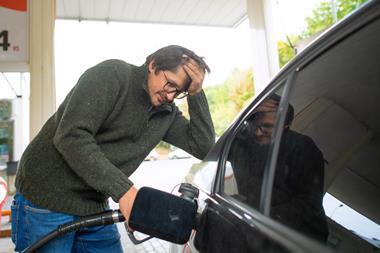
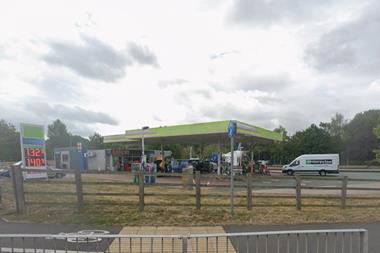
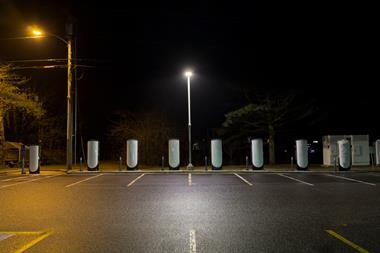
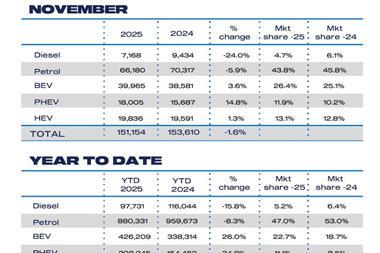
No comments yet